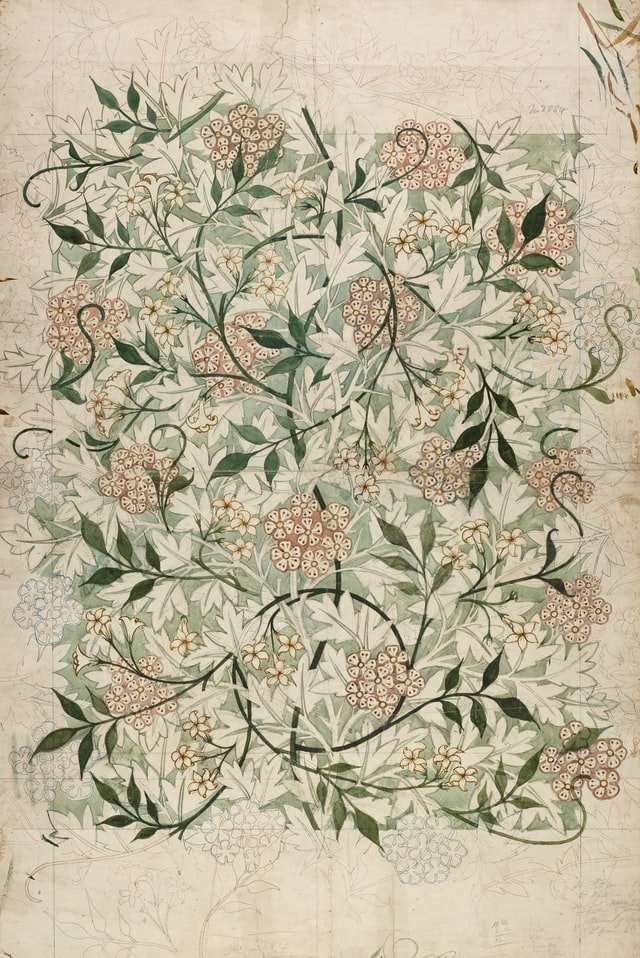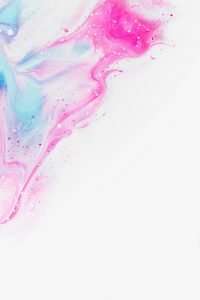Art class is an interesting thing. Some artists know they are artists, and know when they are creating art. For others, it is a little harder to tell.
Artists who know they are artists often spend time reading art books and attending classes on how to create art.
But for those who don’t know that they are artists, there is a real struggle involved in trying to create art. They will often find themselves drawing or painting something because it seems like the next logical step in finishing the work being currently worked on, but people who view their work will be confused as to what it is trying to represent, why it looks like it does, and if the artist even knew what they were creating themselves.
The key difference between these two groups of artists is awareness. The self-aware group will understand when they are making art, and understand the purpose of making art, while the other group will lack this understanding.
The more you can analyse yourself and your art-making process the better. As an artist you need to be self-aware, understand when you are creating art and when you are not.
The first stage in this is identifying what is art. For this, it is useful to know about:
1. Style – a style is a way of making something, it’s a set of tools and techniques used by an artist. A style can be very definite like the impressionist painters or Surrealists; or it can be looser like the modernism movement in painting which changed the style from naturalistic to expressive.
2. Art and craft – in the most basic sense, art is about expressing thoughts and feelings, craft about putting things together well but without expression (for example, decorating cakes or making clay dishes). These are not hard rules however, because most artists use craft skills to make their art so they often blur into each other. For example, many painters will draw sketches before they start painting on canvas; these sketches are a kind of drawing but they are also part of the process of making the final piece (the painting).
3. Quality – quality means different things to different people but some broad characteristics have been identified:
–
When it comes to art, many people will deny that you can teach someone how to make art. They believe that you are either born with the talent or you’re not. They believe that there is no way to learn how to make art. In some cases, this is true. However, most artists did not get their talent immediately. They had to work hard over a long period of time in order to create the pieces they have now.
The first step in creating great art is knowing when you are creating it. You must be able to notice what you are doing and why you are doing it. Essentially, this is the process of self-discovery and analysis. If you can’t even notice what you are doing wrong, how can you fix it?
Tone:informative and factual
It takes a special kind of person to be an artist. That’s because there is nothing more important than what they do, and very few people have the ability to discover that importance within themselves.
Members of the creative class are often able to explore their own lives and find something that nobody has seen before. Being able to express that in a way that others understand is an amazing gift.
All artists have had to learn how to stop time and be alone with their thoughts and feelings, at least for a little while. They are able to create art, not because they are good at following directions and doing what they are told, but because they can understand when they are creating art, even if no one else does.
Whether or not you’re an artist, you should probably try to figure out what the difference is between art and craft. The distinction is not universal. In some arts, such as string instruments or ceramics, the two are hard to tell apart: a certain level of craft is essential to being able to make the art.
A more interesting question is what differentiates art from craft in fields like painting or literary fiction. An obvious criterion is that of self-awareness: if it’s art, the artist knows he (or she) is making it. But that doesn’t work very well for visual art, where the artist often works with assistants and may not even be aware of what they’re doing. And it takes us back to the question we started with: how do you know whether you’re an artist?
After all, there are lots of people who paint canvases or write novels and are technically competent but have no more talent than a competent craftsman. Are they artists? Or are they just craftsmen who got lucky?
Art is an expression of the human condition, and therefore of the spirit. It is based on our aesthetic sense and our spiritual needs. It helps us to know ourselves and to realise our full potential.
A work of art is a self-portrait of the artist, in which he reveals himself by giving shape to ideas that are important for him. The artist knows what he wants to say, but he needs to find the appropriate form in order to convey it to others.
Artists can express themselves in various ways: through writing, painting, sculpture, dance or theatre. The subject matter is not important so long as it helps the artist understand himself better and communicate his ideas effectively.
With every work of art we create we trace a line in space and time, linking ourselves with others who have contributed towards making art what it is today. We also contribute something new to the history of art: we bring into being a new form that may be suggestive or surprising because it represents a personal vision.
Art is a very important part of our lives today. We use it daily in our homes, workplaces, and schools. There are many different types of art, as well as many different artistic styles and techniques. No matter what form art takes, it can be found almost anywhere.
Until the 20th century, artists were mainly known by the name of the country they lived in or the city where they worked. From that time on, however, their personal names became more and more important in order to identify them properly; for example, Pablo Picasso (Spanish), Vincent van Gogh (Dutch), Claude Monet (French), Wassily Kandinsky (Russian), Georgia O’Keeffe (American), Andy Warhol (American), Jackson Pollock (American) and Mark Rothko (American).
Today we experience art through paintings, sculptures, drawings, photographs and installation pieces; through music and poetry; through dance and theater.
Artists’ work has always been valued highly. In the past it was valued because of its rarity or because it was useful – religious paintings or sculptures adorning a church altar – but today its value increases because of its uniqueness and the talent that went into creating it.


